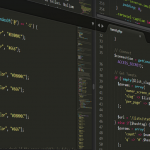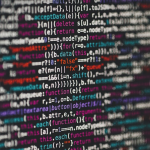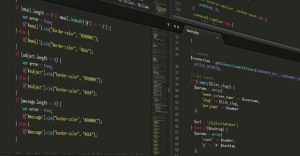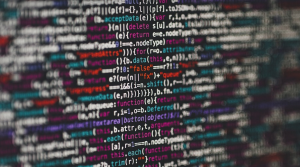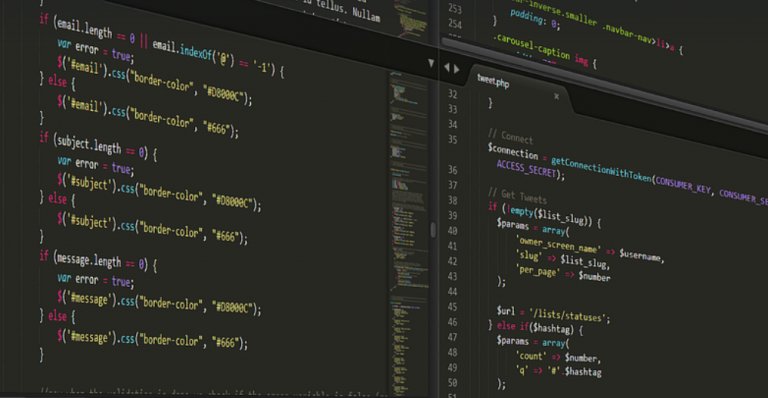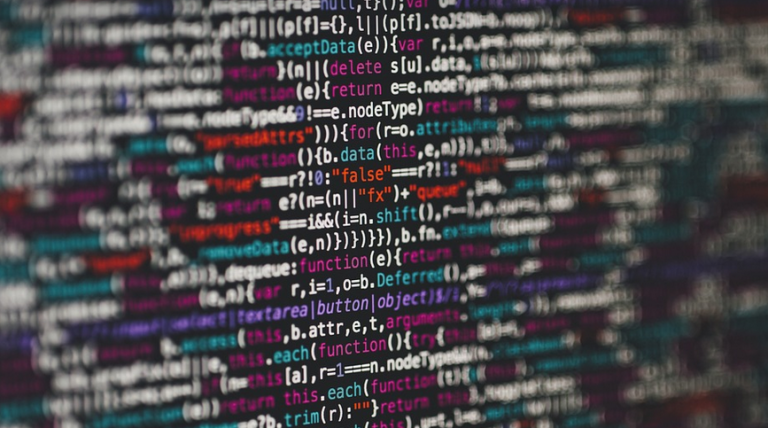Unlocking the Power of Creation
Ever wondered what makes a programming language tick? How can you craft something that solves your specific problems, pushes the boundaries of innovation, and maybe even sparks some fun in the process? Well, today we’re diving into the fascinating world of building your own programming language. It might seem daunting at first glance, but trust me, it’s a truly rewarding journey of creative exploration, logic-based problem solving, and a deep dive into the magic behind code. Building a programming language is like writing a symphony for computer brains; each element plays a crucial role in shaping the final masterpiece – your very own language. And just like with any musical composition, understanding those elements is key to crafting something unique and powerful. So, let’s embark on this fascinating voyage together!
Understanding the Building Blocks: What Makes a Language?
Before we delve into the intricate world of building a new programming language, it’s essential to understand what makes them tick. Think about your favorite games – each one has its unique rules, mechanics, and conventions that govern how you interact with the game. A programming language is much like that! It defines the syntax (the “rules of grammar”), the semantics (how data is interpreted), and even the execution environment (how programs run) – all in a language designed for machines. These elements work together to form a cohesive system where code can be written, executed, and then ultimately used to solve real-world problems. **The Core Components of Your Language:** * **Data Types:** Think about what data you’re working with. What numbers, text strings, images, or more? Your language will define these basic building blocks – the fundamental units of information that can be manipulated and used in calculations. * **Operators:** These are your tools for performing actions on data types. Addition (+), subtraction (-), multiplication (*), division (/), and even logical operations like AND, OR, and NOT (and maybe something more creative!) – all these become essential parts of your language’s fabric. * **Control Flow (Logic):** How does the code flow? What if you want to run a specific task only when certain conditions are met? Your language must allow for this with “if” statements, “else if”, and “else”. These control flow mechanisms will define how your program responds to different scenarios. * **Functions (Reusable Code Blocks):** A programmer’s best friend! Functions offer a way to encapsulate code blocks that perform specific tasks, eliminating repetition. Think of them as mini-programs within your main language. * **Variables (Data Storage) :** This is how you store and retrieve data in your program. You can use variables for storing numbers, characters, and information – essentially, a way to hold onto information as your program runs.
Stepping into the World of Design: A Guide to Language Creation
Now that we’ve explored the foundational elements, let’s dive into the exciting world of language design! Here are some key considerations for crafting your own unique programming language: **1. Define Your Purpose:** What problem will your language solve? Do you have a specific area in mind (e.g., game development, data analysis) or maybe even something completely novel and experimental! Choosing a focus will guide your design decisions throughout the process. **2. Choose Your Paradigm:** * **Object-oriented programming (OOP):** Think classes, attributes, and methods – this paradigm focuses on organizing code around “objects” that encapsulate data and behavior. It’s often used for building complex applications with modularity in mind. * **Procedural programming:** A more traditional approach where programs are broken down into sequences of instructions. It’s simpler to understand but may be less flexible for managing large, intricate programs. **3. Consider the Syntax and Semantics: Crafting a Natural Flow:** How will your programmers interact with your language? * **Syntax:** The way your program uses commands. Imagine your language like a set of building blocks where each block has its own shape and function. * **Semantics:** What does your code actually mean? This is the deeper layer, how logic translates to actions that the computer understands. **4. Tools for Development: Your Weapon of Choice:** * **Text editors:** These are your writing tools – where you’ll enter your code. Popular choices include Visual Studio Code (VS Code), Atom, and Sublime Text. * **Compilers or interpreters:** These convert your code into something the computer can understand. For example, a compiler translates entire programs into machine-readable code, while an interpreter runs lines of code one by one. **5. Experimentation is Key: Testing Your Creations:** Don’t be afraid to play around and see what happens! Try writing simple programs in your new language. You can use online simulators or even just a text editor to test your concepts. ## Resources for the Journey: Where to Find Inspiration Building your own programming language is an ongoing journey of discovery – but don’t be discouraged if you encounter roadblocks or face unexpected challenges! Here are some resources that will help navigate this exciting and demanding process: * **Online communities:** Join forums like Reddit (r/programming, r/learnprogramming), Stack Overflow (stackoverflow.com), or Discord servers dedicated to language design. You’ll find a supportive community willing to share knowledge and offer guidance. * **Open source projects:** Look at open-source languages that sparked your interest. Understanding how they work will provide valuable insights into the nuances of programming language design. ## The Ultimate Reward: A World of Possibilities Embarking on this journey is more than just a technical endeavor; it’s about unleashing your creativity, learning a new craft, and potentially building something truly innovative that can solve real-world problems! So, take the plunge! Dive into the world of language design – explore its intricacies, experiment with ideas, and most importantly – have fun while doing it. The rewards of creating your own programming language are numerous, ranging from personal satisfaction and creative expression to potentially contributing a unique tool that will change the landscape of computer science forever.
